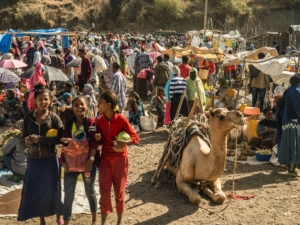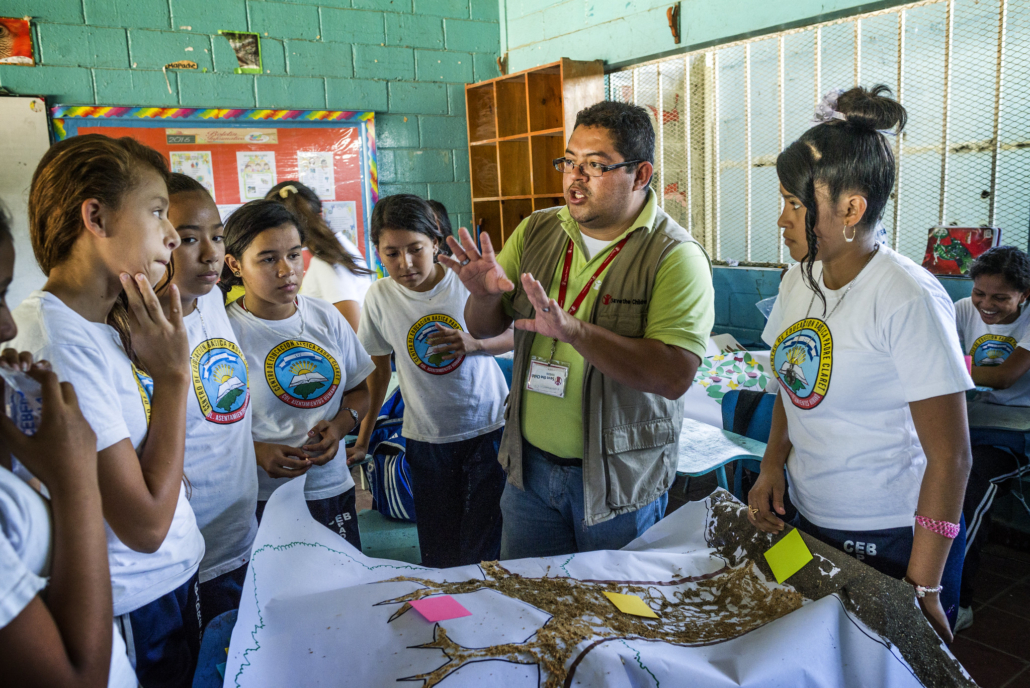 Honduras is a developing nation that has faced numerous challenges to developing higher education, including government corruption, a considerable lack of infrastructure and consistent political instability. Honduras is also one of the poorest countries in Latin America and ranks in the bottom third of human development scores internationally. A 2023 UNICEF report found that more than 60% of the population lives below the poverty line.
Honduras is a developing nation that has faced numerous challenges to developing higher education, including government corruption, a considerable lack of infrastructure and consistent political instability. Honduras is also one of the poorest countries in Latin America and ranks in the bottom third of human development scores internationally. A 2023 UNICEF report found that more than 60% of the population lives below the poverty line.
Honduran students experience significant challenges at the primary and secondary education levels that make it difficult to access higher education in Honduras, as many publicly funded schools do not have electricity, running water or qualified teachers.
Honduran students experience significant challenges at the primary and secondary education levels that make it difficult to access higher education, as many publicly funded schools do not have electricity, running water or qualified teachers.
Poor economic conditions in Honduras severely limit government spending on education. Dr. Dario Cruz, vice-rector of the Francisco Morazan University in Honduras stated, “what is left for investment, education and training or infrastructure of educational centers is scarce.” As of 2020, less than 7% of the eligible student population attended higher education institutions.
Current State of Higher Education in Honduras
Located in the capital of Tegucigalpa, the Universidad Nacional Autónoma de Honduras (UNAH) is the flagship public university of Honduras. Founded in 1847, UNAH is the oldest and largest higher education institution in the country, and its student body accounts for more than 40% of all enrolled university students in Honduras.
There are 13 higher education institutions in Honduras, all of which fall under the authority of UNAH. UNAH is both a large public university and the body responsible for overseeing higher education in Honduras. Private institutions must submit their curriculum and policies to UNAH’s administrative branch, the Dirección de Educación Superior (DES), for approval.
Higher education institutions in Honduras offer both academic and vocational degrees. The Instituto Nacional de Formación Profesional (INFOP) is a decentralized institution that connects prospective students with vocational training programs and has taught nearly 3,000 courses.
Honduras’ National Congress established INFOP in 1972 as the governing institution for vocational training policies and non-formal educational services. INFOP offers a diverse range of vocational courses, including interpersonal relations, residential electrical installation and call center operation. INFOP has five regional training centers and offers more than 80 virtual courses. The institute’s principal goal is to “link the offer of technical and vocational training to the needs of the labor market and national sectoral policies.”
There is growing recognition of the need to align higher education programs with the Honduran economy, particularly in sectors such as manufacturing and agriculture. In 2024, North Carolina State University launched a partnership with UNITEC — a private technological university in Honduras — to boost economic development in the textile sector.
Hilando Oportunidades
The program called Hilando Oportunidades offers training and certification in textile manufacturing jobs for young adults in the northern region of Cortes. North Carolina State University expects more than 1,500 Honduran to take advantage of the program, which is free and open to anyone between the ages of 18 and 29.
“This initiative serves to shine light on the importance of technical education for the sustainability and development of the textile industry in our region,” said Rosalpina Rodriguez, president and director of UNITEC, following the launch of the program.
Barriers To Higher Education
There are several factors that contribute to low levels of higher education enrollment, though the primary barrier to higher education in Honduras is extreme poverty. An estimated 3.2 million children had humanitarian needs as a result of extreme poverty in 2023.
More than a third of school age children in Honduras are not enrolled in primary or secondary school, and a formidable gang presence in the country has led to child homicide rates that are among the highest in the world. Gang violence routinely prevents Honduran students from accessing the classroom. A recent United Nations assessment reported that upwards of 200,000 children stopped going to school from 2014 to 2017 due to insecurity, as parents keep students home for their safety. According to estimates from the National Directorate of Criminal Investigation (DNIC), up to one in 10 Honduran students could be members of a gang.
One can associate low enrollment rates with students dropping out of school in exchange for employment to support their families. Despite the compulsory nature of primary and lower-secondary education, students in Honduras average 10 years of schooling. High absenteeism rates and a shortage of qualified teachers severely limit students’ opportunities to pursue higher education.
According to a report from the Global Partnership for Education (GPE), “The main challenges are low access to preschool and secondary education as well as weak learning outcomes across the education system, low number of trained teachers and insufficient learning materials.”
Another major challenge is physical access to institutions. Roughly half of Honduras’ population lives in rural areas, while most universities are located in urban centers such as Tegucigalpa, San Pedro Sula and La Ceiba. Rural regions also experience significantly higher poverty rates. In fact, there are three areas in Honduras with no higher education institutions at all.
Hope for the Future
Following the destruction caused by Hurricane Mitch in 1998, Honduras began the process of reforming and modernizing its education system. In the decades that followed, the country enacted a series of initiatives aimed at strengthening higher education.
In 2010, the DES established the Honduran Higher Education Quality Accreditation System (SHACES) as the entity responsible for overseeing quality assessment and accreditation processes for higher education institutions and academic programs.
Organizational Structure
A 2015 USAID project, the Advance program, originated to enhance technical training at the university level in Honduras. Five years later, the program resulted in new, modernized technical degree programs that better respond to the hiring needs of the private sector and give young people the skills to enter the Honduran economy.
Honduras also launched a specialized scholarship program in 2017 — the Presidential Scholarship Program Honduras 2020 — a financial aid initiative designed to support students’ professional development in key economic sectors such as tourism and manufacturing. The program also helps connect Honduran students with U.S. higher education institutions.
Established in 2022, the National Secretariat of Science, Technology, and Innovation (SENACIT) and the Honduran Institute of Science, Technology and Innovation (IHCIETI) work to strengthen technological innovation and academic research at the higher education level. SENACIT partners with universities across the country to stage academic conventions, promote technological research and develop relationships with the global academic community.
Moving Forward
Despite declining poverty rates and an improving economy in recent years, Honduras remains a developing nation with limited resources for its higher education system. However, the Honduran government has recognized the critical role higher education plays in improving social and financial conditions, and significant progress has been made in both the public and private sectors to improve access, strengthen the curriculum and modernize the administration of higher education in Honduras.
– Willem Quigley
Willem is based in Tacoma, WA, USA and focuses on Good News and Technology for The Borgen Project.
Photo: Flickr
 Higher education in Trinidad and Tobago stands at a critical crossroads, balancing its legacy of expanded access with the urgent need for reform. The role of universities and tertiary institutions has never been more pivotal in shaping the country’s future.
Higher education in Trinidad and Tobago stands at a critical crossroads, balancing its legacy of expanded access with the urgent need for reform. The role of universities and tertiary institutions has never been more pivotal in shaping the country’s future.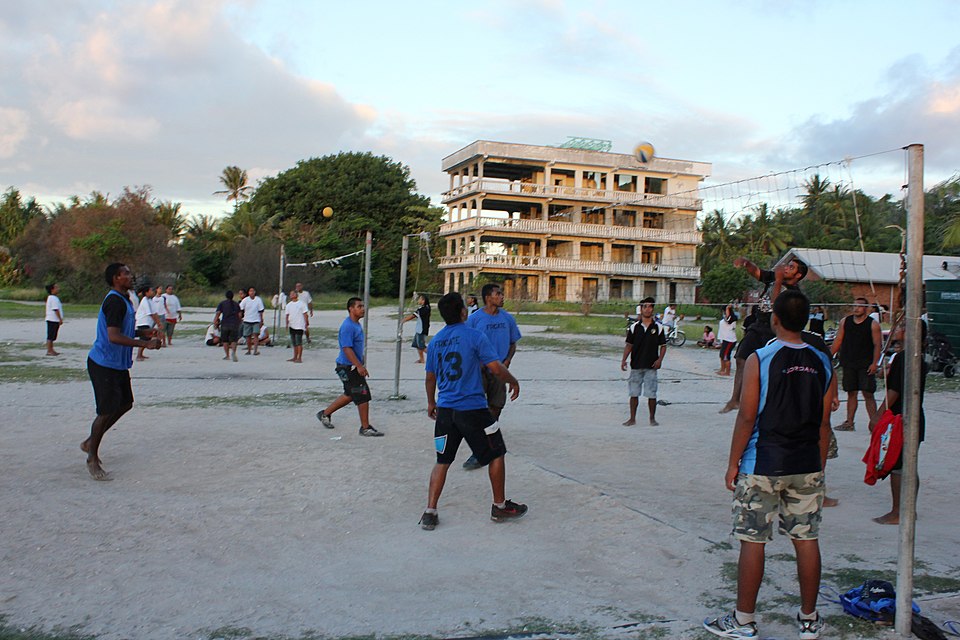 Nauru is
Nauru is 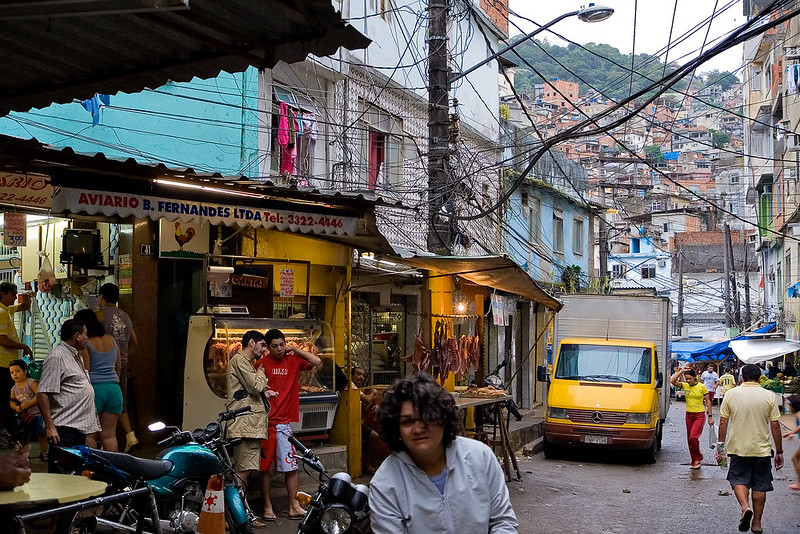
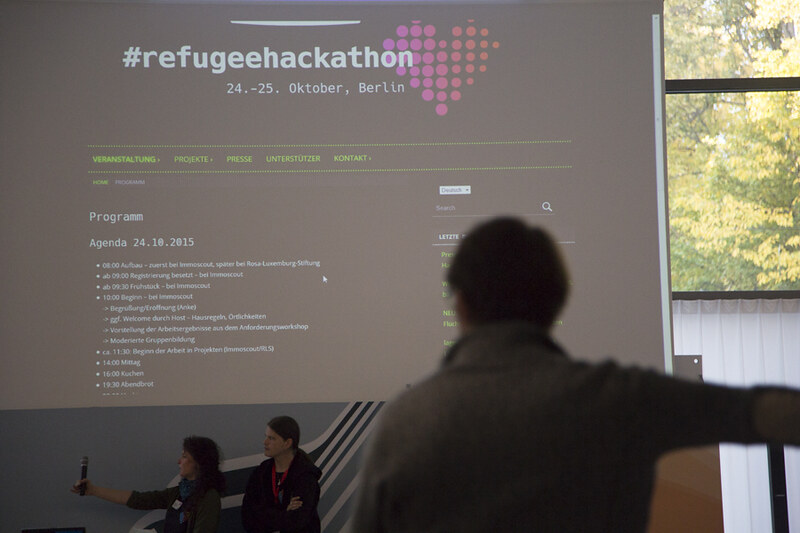
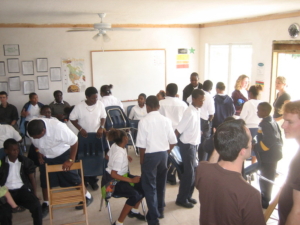

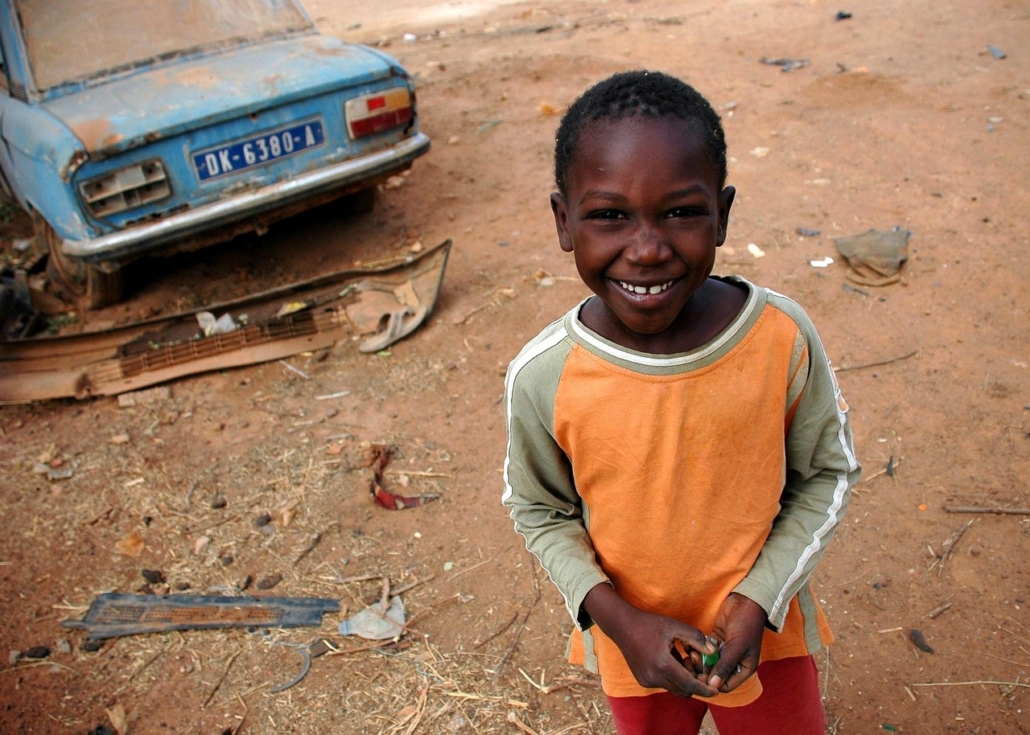
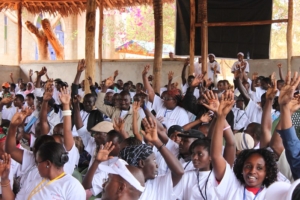
 According to Humanium, around 3.5 million children are affected by
According to Humanium, around 3.5 million children are affected by 